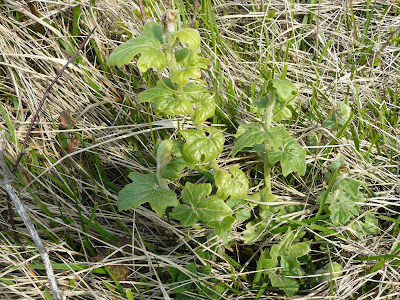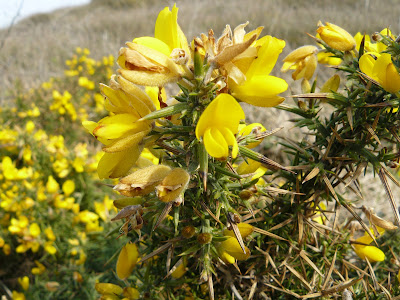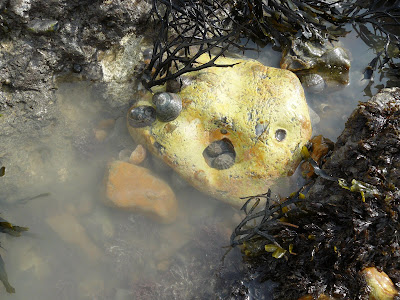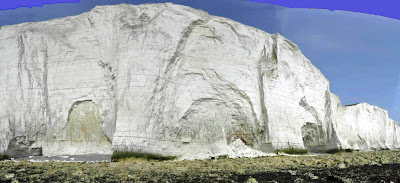This was the Friday of the heat wave before the snow that is forecast for the weekend. It was a glorious walk along "the sisters" to give you a taste of the walk that I shall be leading on Sunday 18
th May. See
www.midsussexramblers.co.uk for details. Walking doesn't get any better than this for the diversity of habitats and wildlife within a day's stride!







 Stonechats
Stonechats (above and below), meadow
pippets, rock
pippets, kestrels, skylarks, jackdaws, rooks, green woodpeckers, grasshopper warblers(?), wrens, chaffinch, gulls etc. provided a symphony of bird song during this walk. There is a nesting bird on the cliff face, see below. I have not named it here though, in case it is googled by someone with
undesirable intentions.


 STOP!
STOP!
You need to expand this to read the text on the warning sign.



Section of flint stratum exposed by the sea.



For the security of this stunning bird below, I will not name it here.

These cliffs are awesome from the top. And just overwhelmingly beautiful and dangerous from below.



 Click this link for more on Wiggonholt church, which dates from the 13th century.
Click this link for more on Wiggonholt church, which dates from the 13th century.


